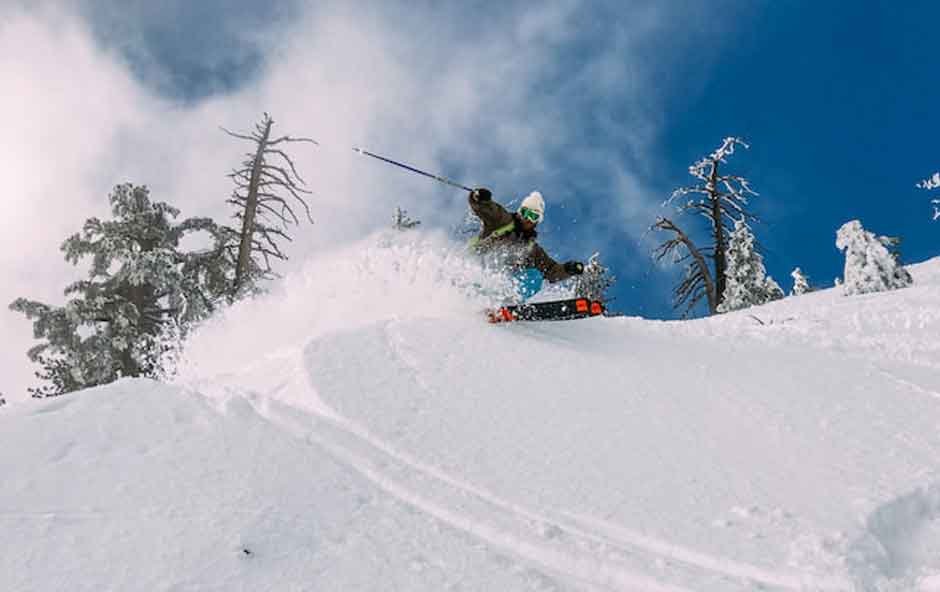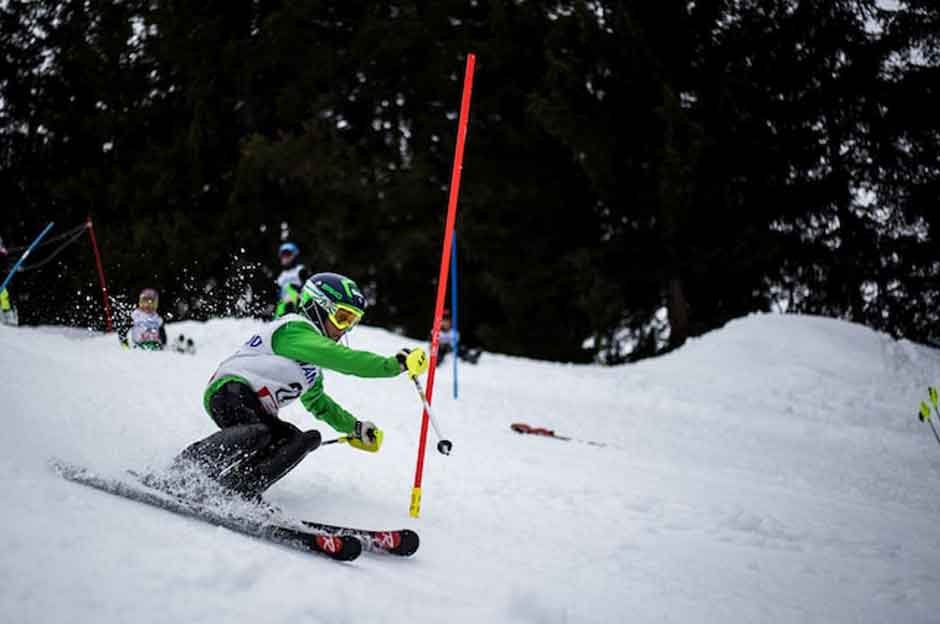A family vacation in the mountains: the new adventure. Skiing, skateboarding, or even ice skating: the recent activity. But how can you keep the children safe? If you already have experience in winter sports, some things seem obvious, so it may be hard to know exactly what to tell your kids. This guide proposes some tips to consider when taking the kids to practice skiing.
Tips to safely enjoy skiing
It does not matter if you are aiming for ski races or recreational activities; there are some things you need to catch. Take the necessary measures to ensure you can have fun while being safe. Teach your children to focus on these tips:
- Proper equipment: everyone should check their equipment before putting it on to ensure everything is in an appropriate state. This is especially important in the case of children, both to review that nothing is broken and to measure the size correctly. If the boots or the helmet are loose, it will be harder for them to control them.
The helmet is essential, even when it may seem uncomfortable because it is one of the main safety measures. Make sure it is one designed for skiing.
- Skiing together: it does not matter if your children are older; the first trips and outings should be done in groups. This allows kids to avoid getting lost in unfamiliar tracks and entering areas beyond their experience level. This also provides the safety of having someone beside them if there is a problem or they need anything.
A complementary option is choosing a meeting point in case anyone gets separated from the group. For this to be appropriately carried out, children need to know the layout of the area and the particular chosen meeting point. - Following signs: from the “slow skiing” areas to the ski patrol, children must understand the signs and restrictions are there for their protection, so it is important to respect them and to stay on the marked paths. Pay particular attention to closed areas, for that zone may have avalanche risk.
- Familiar routes: if you already have some experience skiing, then take your kids to the roads you know best. While it is exciting to try new paths, it is advisable not to do that when under-ages are with you.
- How to relate to other skiers on track: while covering significant areas, it is essential to know the rules of how to behave concerning other skiers. First, when starting a route, ensure no one is coming downhill toward you. If, once you have already started, you need to stop, you must only do it where you are visible from above. Another relevant consideration is that the person in front has the right of way. In this case, you must keep your distance and respect it.
- Clothing: It is also essential to have proper attire. Even if you rent the rest of the equipment, take an adequate jacket, gloves, hat, and pants. You can also choose thermal clothes.
- Rest: it is common for kids to forget about everything else while having fun. Also, cold environments do not require as much hydration as hot environments. This is why taking small breaks to hydrate and have something to eat is essential.
- Sunscreen: many people think they should apply sunscreen only when they go to the beach, but it is also necessary when going to the mountain. Some brands even have particular sunscreen for skiing.

What to wear?
Every sport needs to be practiced with proper elements. Whether you are looking for adult or children’s equipment, a standard ski kit includes the following:
- Skis: if you do not have a pair, a rental is a perfect option for spending the day. In the store, you can ask for guidance on which pair is the one ideal for you.
- Ski boots: check they are not too tight nor too loose. They may feel uncomfortable at first, but you can ask for the opinion of a professional boot fitter.
- Ski helmet: it needs to fit appropriately and be in perfect condition. Check if it is the specific skiing-and-snowboarding type!
- Ski jackets and ski pants need to be warm and resistant to water and wind. It is essential that your body remains dry; otherwise, you will feel uncomfortable and cold.
- Base and mid layers: as we have previously named, you can choose thermal fabrics. You must leave out any cotton garment.
- Gloves: they need to be both flexible and resistant to outer conditions. You can choose gloves or mittens to keep your hand dry and warm.
- Socks: you should choose the suitable, made-for-skiing option, for other materials can be thick but inefficient. Avoid cotton socks, which tend to leave your feet cold. You can choose materials like nylon and polyester. When fitting the boot, make sure they are not wrinkled. You can also bring a spare pair with you, in case one of them gets wet.
- Goggles: they are ideal for battling the glare of the sun reflected on the snow and are a method to protect your eyes from branches or any obstacle you may encounter. They also help keep your face warm.
- Buff: some skiers use a buff to protect the rest of their faces.
Beginners tips
It does not matter if you are an adult or a kid; some tips for those who ski for the first time are:
- Take lessons: winter sports may seem easy, but it is always better to take professional advice.
- Rent: if you are taking your first steps in skiing, try rentingthe equipment before you decide to buy your own. This does not remove the fact that you need to choose suitable clothing.
Taking safety measures may seem like a lot of anticipation, but they are essential to enjoy your trip without worrying. Start today!






